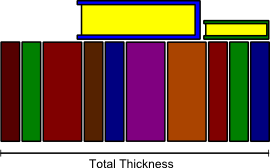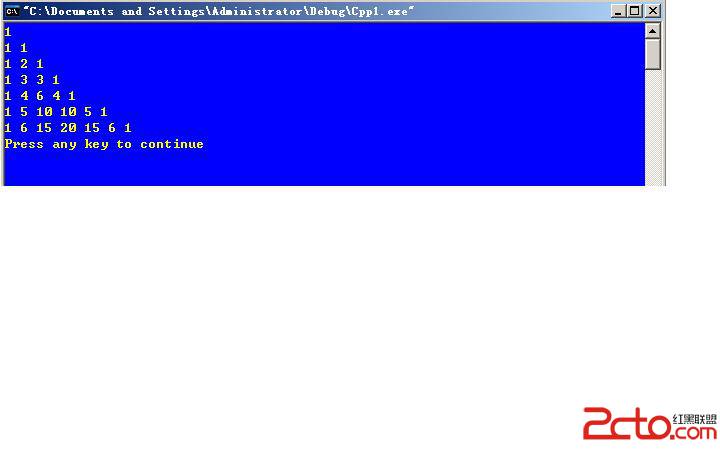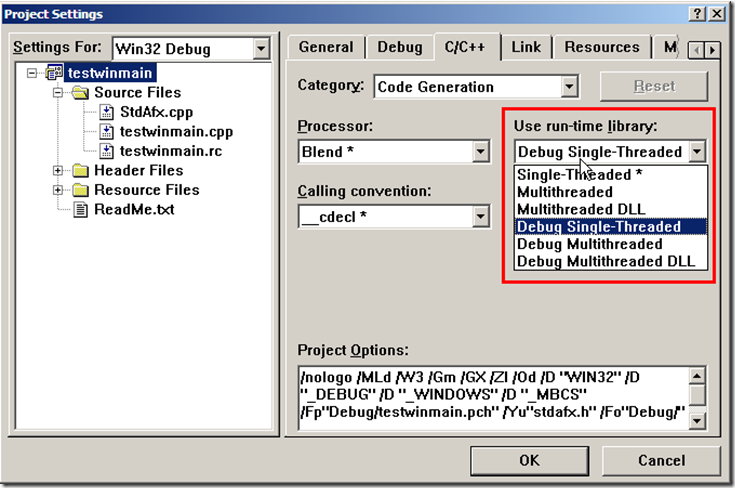hdu 3080 The plan of city rebuild
The plan of city rebuild
Time Limit: 2000/1000 MS (Java/Others) Memory Limit: 32768/32768 K (Java/Others)
Total Submission(s): 583 Accepted Submission(s): 201
Problem Description
News comes!~City W will be rebuilt with the expectation to become a center city. There are some villages and roads in the city now, however. In order to make the city better, some new villages should be built and some old ones should be destroyed. Then the officers have to make a new plan, now you , as the designer, have the task to judge if the plan is practical, which means there are roads(direct or indirect) between every two villages(of course the village has not be destroyed), if the plan is available, please output the minimum cost, or output"what a pity!".
Input
Input contains an integer T in the first line, which means there are T cases, and then T lines follow.
Each case contains three parts. The first part contains two integers l(0<l<100), e1, representing the original number of villages and roads between villages(the range of village is from 0 to l-1), then follows e1 lines, each line contains three integers a, b, c (0<=a, b<l, 0<=c<=1000), a, b indicating the village numbers and c indicating the road cost of village a and village b . The second part first contains an integer n(0<n<100), e2, representing the number of new villages and roads(the range of village is from l to l+n-1), then follows e2 lines, each line contains three integers x, y, z (0<=x, y<l+n, 0<=z<=1000), x, y indicating the village numbers and z indicating the road cost of village x and village y. The third part contains an integer m(0<m<l+n), representing the number of deserted villages, next line comes m integers, p1,p2,…,pm,(0<=p1,p2,…,pm<l+n) indicating the village number.
Pay attention: if one village is deserted, the roads connected are deserted, too.
Output
For each test case, If all villages can connect with each other(direct or indirect), output the minimum cost, or output "what a pity!".
Sample Input
2
4 5
0 1 10
0 2 20
2 3 40
1 3 10
1 2 70
1 1
4 1 60
2
2 3
3 3
0 1 20
2 1 40
2 0 70
2 3
0 3 10
1 4 90
2 4 100
0
Sample Output
70
160
组队练习赛的一道最小生成树题目,看到这就一口气写了,不过短了点路,耽误了些时间。 可以理解为题目分两次将边的信息给出,中间再删去几个点(即有该点的边不予考虑)。然后模版最小生成树。
[cpp]
#include <iostream>
#include <algorithm>
#include <cmath>
#include <cstdio>
#include <cstdlib>
#include <cstring>
#include <string>
#include <vector>
#include <set>
#include <queue>
#include <stack>
#include <climits>//形如INT_MAX一类的
#define MAX 2000005
#define INF 0x7FFFFFFF
# define eps 1e-5
using namespace std;
int par[MAX],n,m,maxedge,cnt,del,A,B;//del要删去的点,A,B为新加的点和边
int index[2005];
struct Edge
{
int s,e;
int del;//该边是否考虑
int value;
}edge[MAX];
bool cmp(Edge a, Edge b)
{
return a.value < b.value;
}
int find(int x)//查
{
while(par[x] != x)
x = par[x];
return x;
}
void connect(int a,int b)//并
{
if(a < b)
{
par[b] = a;
}
else
{
par[a] = b;
}
}
int kruskal()
{
int i;
maxedge = 0;
cnt = 0;
int sum = 0;
for(i=0; i<n+A; i++)
par[i] = i;
for(i=0; i<m+B; i++)
{
int a = find(edge[i].s);
int b = find(edge[i].e);
if(a != b && edge[i].del == 0)
{
connect(a,b);
cnt ++;
sum += edge[i].value;
}
}
if(cnt == n + A - 1 - del)//有总点数-1条边,则成功
return sum;
else
return -1;
}
int main()
{
int i,t,p;
scanf("%d",&t);
while(t--)
{
scanf("%d%d",&n,&m);
memset(index,0,sizeof(index));
for(i=0; i<m; i++)
{
scanf("%d%d%d",&edge[i].s,&edge[i].e,&edge[i].value);
edge[i].del = 0;
}
scanf("%d%d",&A,&B);
for(i=m; i<m+B; i++)//一开始写成i = 0;i<B; ...伤了很久
{
scanf("%d%d%d",&edge[i].s,&edge[i].e,&edge[i].value);
edge[i].del = 0;
}
scanf("%d",&del);
for(i=0; i<del; i++)
{
scanf("%d",&p);
index[p]++;//记录要删的点
}
for(i=0; i<m+B; i++)
{
if(index[edge[i].s] != 0 || index[edge[i].e] != 0 )//该边有点要删,边作废
{
edge[i].del = 1; www.2cto
补充:软件开发 , C++ ,




